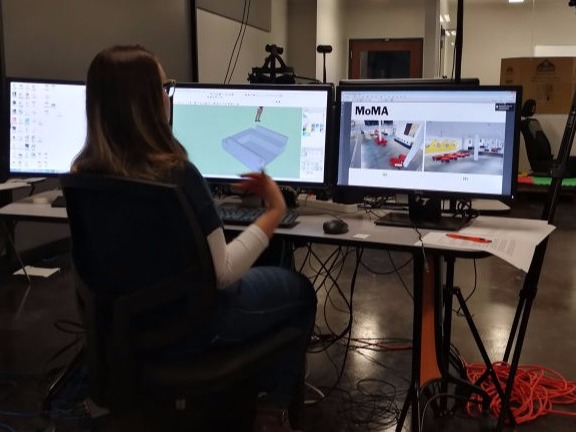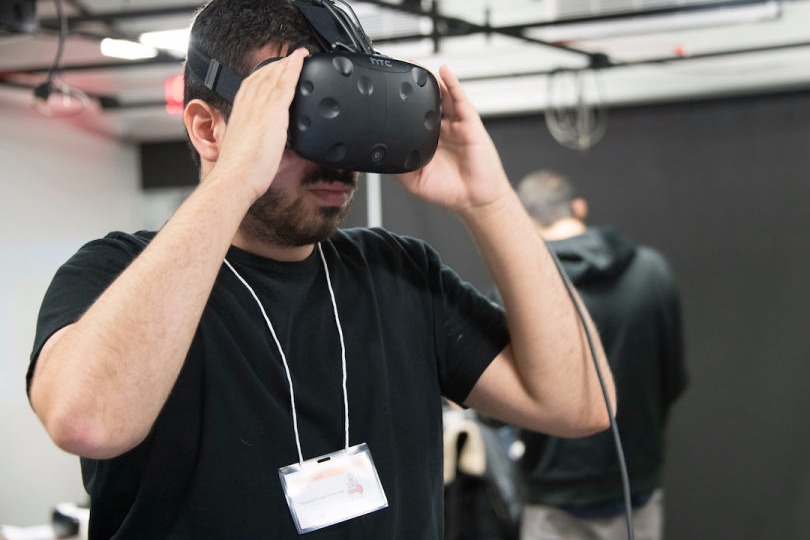
The Virtual Body in a Design Exercise: A Conceptual Framework for Embodied Cognition.
In design education, immersive virtual reality (VR) has grown as a visualization and interaction tool. Nonetheless, little research has been done on how individuals self-perception within VR affects their performance. This self-awareness is carried out using avatars that depict the virtual body through multiple points of view. This article assessed three different conditions of virtual body within a design exercise to better understand how these affected idea generations and spatial skills. To do so, an embodiment-cognition (ECO) framework to evaluate the influence of the virtual body in immersive VR environments was developed. The designed theoretical framework relies on the concept of embodiment and its relevance to situated cognition. Research has supported how cognition connects the mind and body and the relevance of the individual's interaction with its surroundings to make it meaningful. Likewise, more immersive environments can increase the sensation of presence in VR, allowing individuals to behave more naturally. Also, through the connection with the surroundings, individuals liberate cognitive load, allowing them to relocate cognitive efforts in developing knowledge. General findings support how the use of a more embodied virtual body can elicit higher levels of presence but also increase cognitive load which can ultimately hinder cognition. However, VR interactions aided participants to develop spatial skills and allowed idea generation. Furthermore, the framework proposed can be applied to assess students' cognitive processes beyond the discipline’s boundaries.
Citation: Mejia-Puig, L., & Chandrasekera, T., (2022). "The Virtual Body in a Design Exercise: A Conceptual Framework for Embodied Cognition." The International Journal of Technology and Design Education. https://doi.org/10.1007/s10798-022-09793-8















